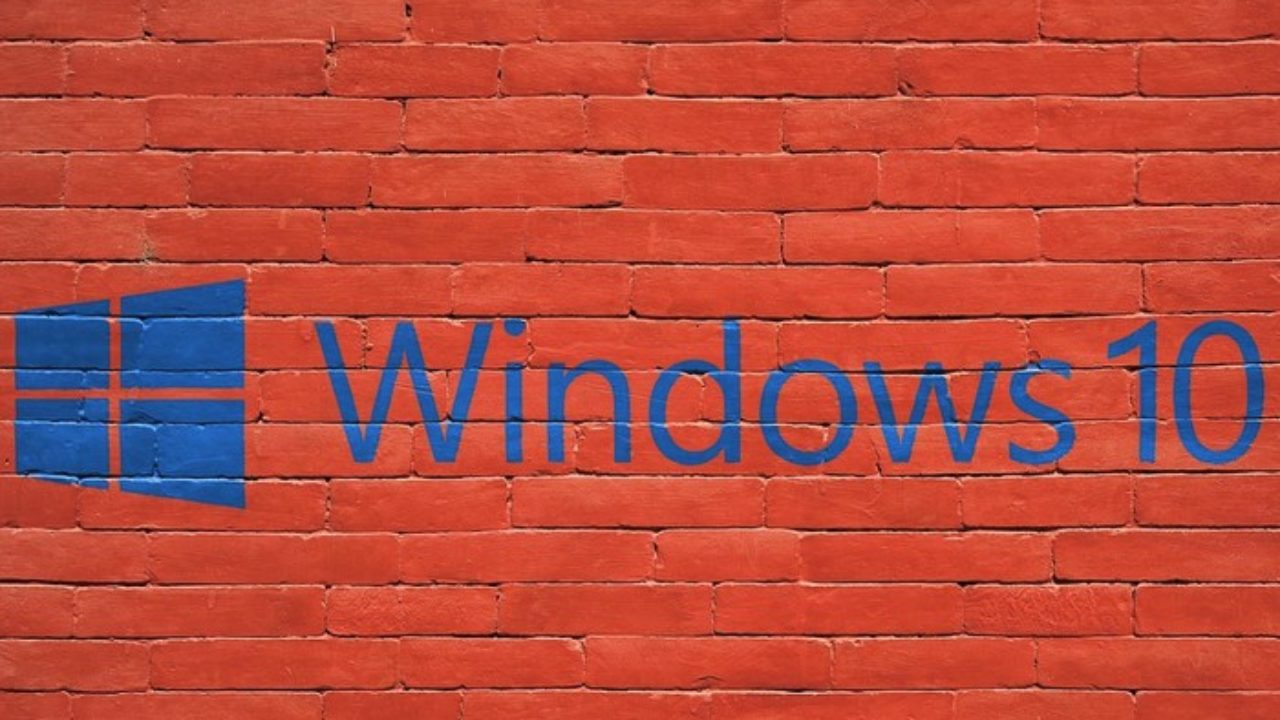
This means deleting files and uninstalling software you no longer need. When you experience any of these issues, try the following:įree up storage space and defragment your hard driveīecause many Windows 10 updates take up a lot of space in your hard drive, you need to leave enough room for them. If multiple downloads aren’t being attempted and you still experience slowness, then either some broken software components are preventing the installation from running smoothly, or apps and drivers that run upon startup are likely to blame. This is especially true if your network is being overburdened by multiple people downloading the update at the same time. In addition to the large files and numerous features included in Windows 10 updates, internet speed can significantly affect installation times. And it takes even longer if you have a fragmented or nearly filled hard drive. For instance, the latest Fall Creators update, which made plenty of adjustments to Cortana, Photos, and Edge, can take upwards of four hours to install. Windows 10 updates take a while to complete because Microsoft is constantly adding larger files and features to them.

Fortunately, there are a few things you can do to speed things up. However, the updates can take hours, especially when a major new feature is being released. Keeping up with Windows 10 updates is absolutely critical if you want the latest features and security fixes on your computers.


 0 kommentar(er)
0 kommentar(er)
